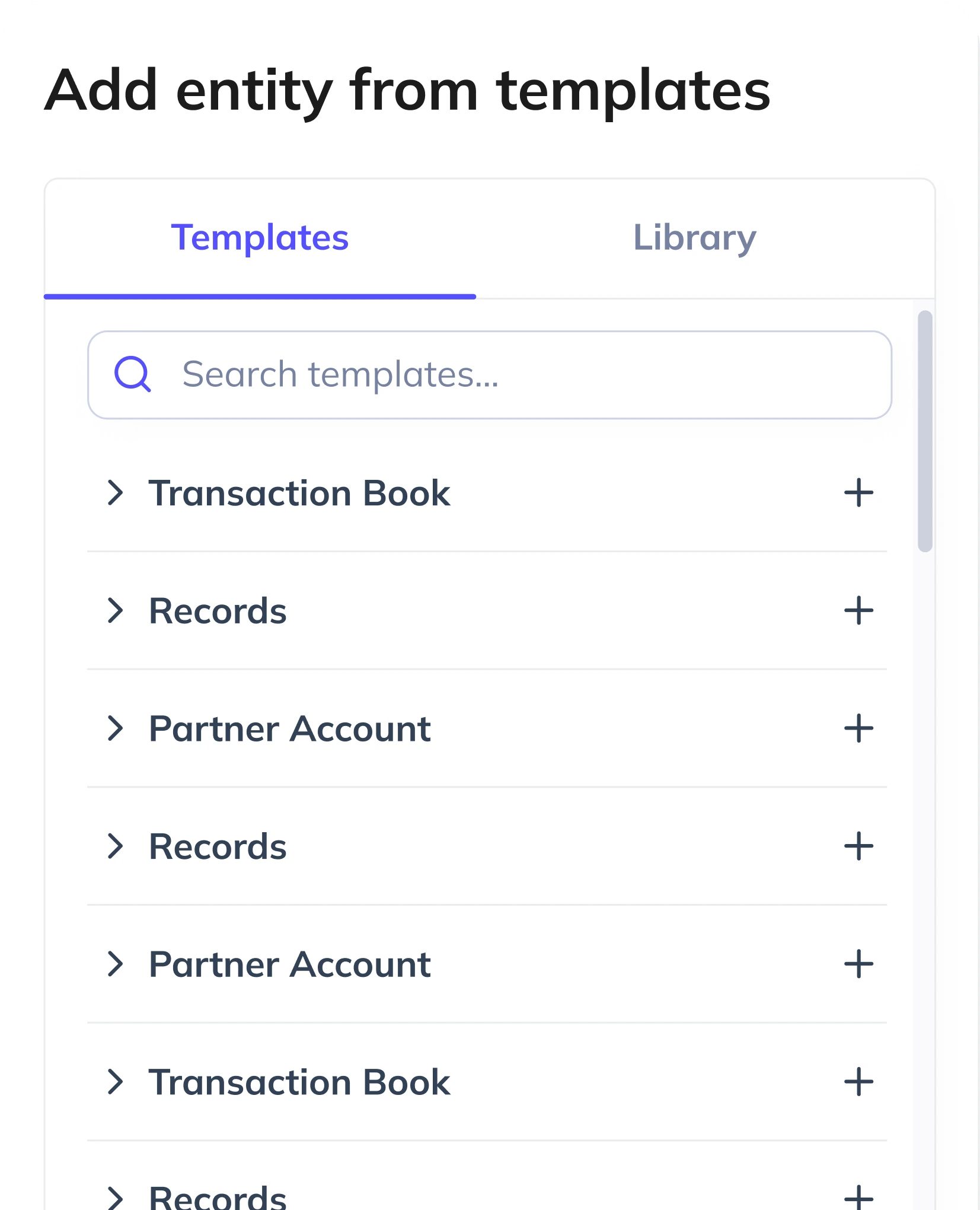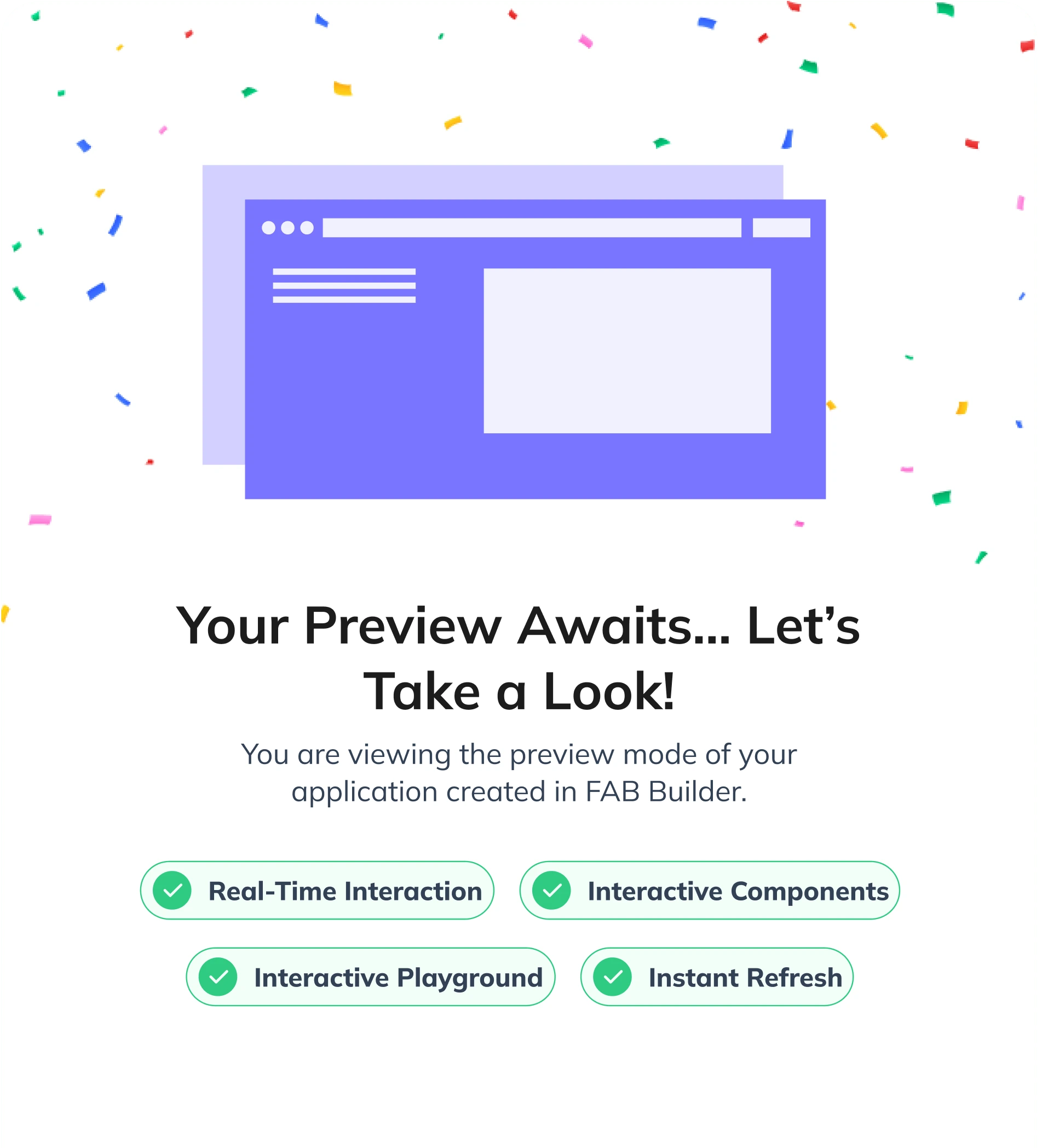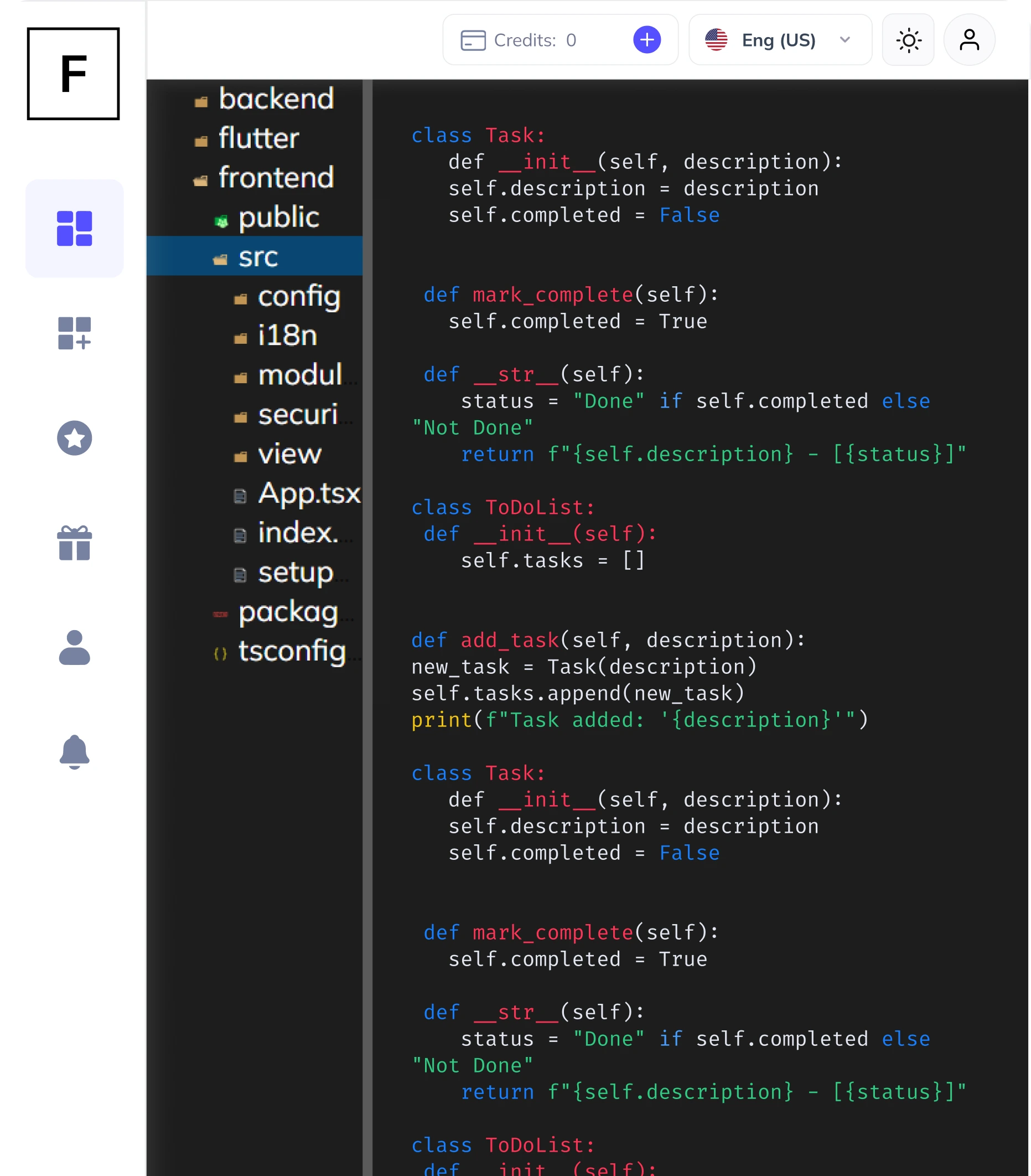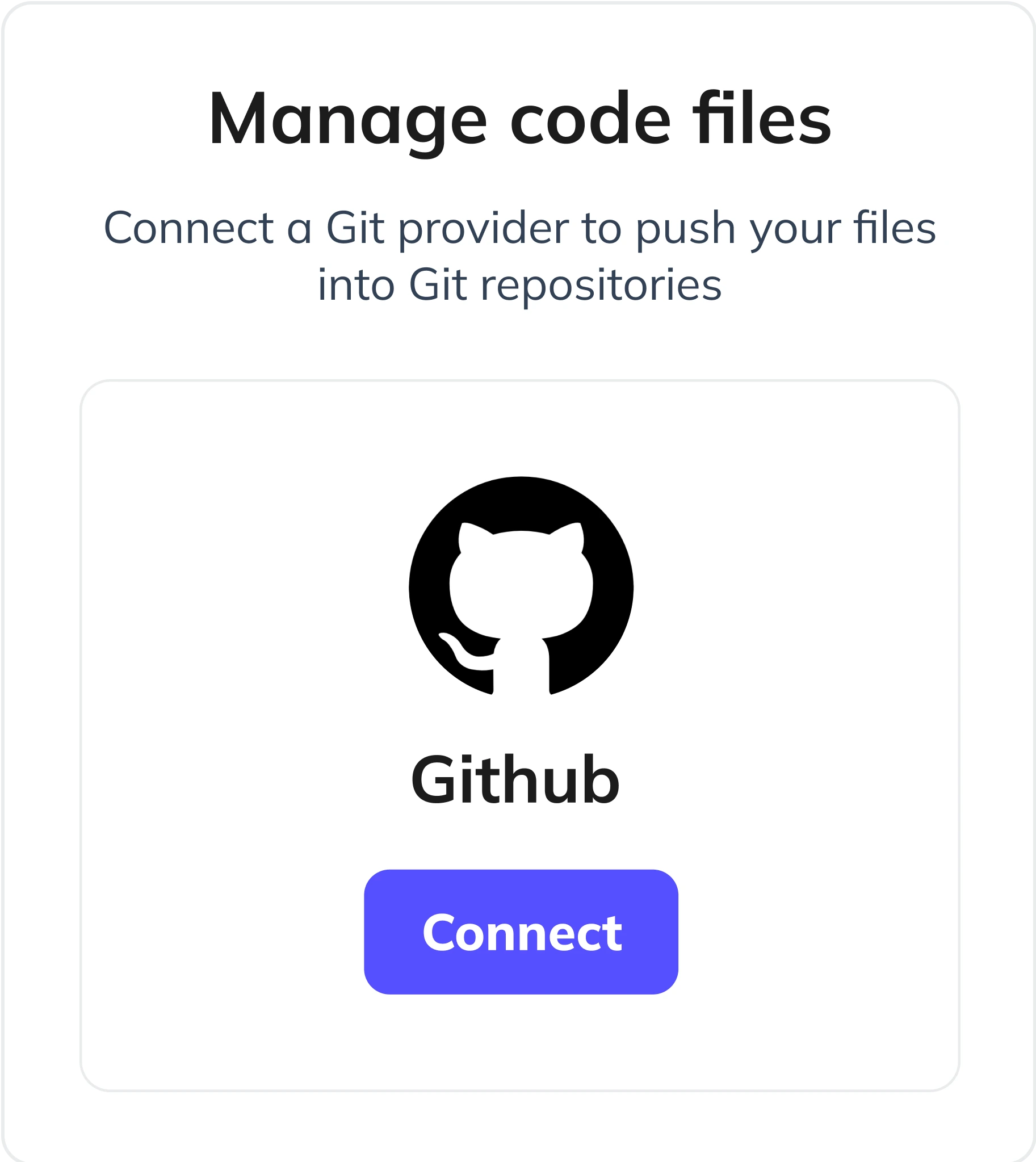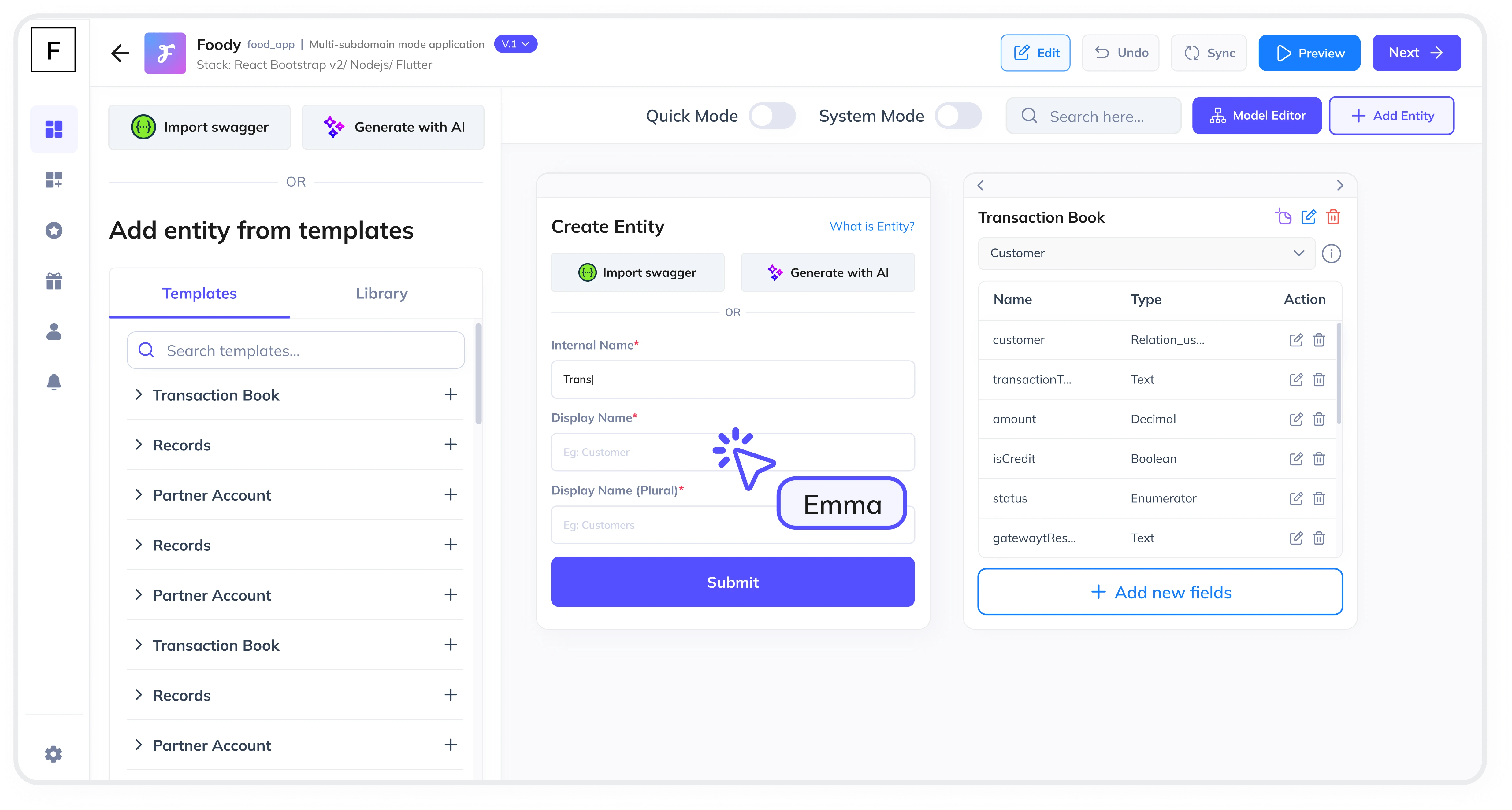Summarize and analyze this article with:
In today’s fast-paced business environment, Enterprise Resource Planning (ERP) systems are essential for streamlining operations, improving efficiency, and gaining a competitive edge. One of the most critical components of an ERP system is inventory management, which ensures that businesses can track, manage, and optimize their stock levels effectively. With the rise of low-code platforms like FAB Builder, creating a custom ERP system with robust inventory management capabilities has never been easier. In this article, we’ll walk you through the step-by-step process of building an ERP system, focusing on inventory management, using FAB Builder’s powerful tools.
Why Use a Low-Code Platform for ERP Development?
- Build ERP Systems in Few Hours:
- FAB Builder’s low-code platform allows you to create a fully functional ERP system in just a few hours, saving time and resources.
- Development Efficiency:
- With pre-built templates and AI-assisted tools, you can focus on customizing your ERP system rather than writing code from scratch.
- Scalability:
- Start with a basic inventory management module and scale your ERP system as your business grows.
- Quick Adaptability:
- Easily modify your ERP system to adapt to new requirements or changing business needs.
- Full Source Code Access:
- Download and own the source code, ensuring you retain intellectual property rights and complete control over your system.
- SaaS-Ready:
- Use multi-tenant configurations to create a SaaS-based ERP system and sell subscriptions to B2B customers.
Step-by-Step Guide to Building an ERP System with FAB Builder
Step 1: Define Your ERP Requirements
- Identify the key features your ERP system needs, such as inventory management, order processing, supply chain management, and financial tracking.
- Use FAB Builder’s AI-assisted entity creation to describe your requirements and generate a starting point for your ERP system.
Step 2: Choose Your Tech Stack
- Select your preferred frontend, backend, and database technologies from FAB Builder’s supported tech stacks:
- Frontend: React.js, Angular, Vue.js
- Backend: Node.js, Java, .NET
- Database: MongoDB, PostgreSQL, MySQL
Step 3: Design the Inventory Management Module
- Use FAB Builder’s data model visualizer to define the data structure for your inventory management module.
- Add out-of-the-box fields (e.g., product name, SKU, quantity, location) or create custom fields to match your requirements.
- Include features like stock alerts, reorder points, and inventory tracking.
Step 4: Add Other ERP Modules
- In future, you can expand your ERP system by adding modules for order processing, supply chain management, and financial tracking.
- Use FAB Builder’s pre-built templates to speed up the development process.
Step 5: Preview and Iterate
- Use FAB Builder’s live preview feature to see your ERP system in action before deployment.
- Iterate and refine your system’s design, features, and data model until it meets your expectations.
Step 6: Deploy Your ERP System
- Deploy your ERP system to AWS, GCP, or Azure with FAB Builder’s one-click deployment.
- Launch your system and start using it to manage your inventory and other business operations.

Key Features of FAB Builder for ERP Development
- AI-Assisted Development:
- Describe your ERP system’s requirements, and FAB Builder’s AI will generate the necessary code.
- Pre-Built Templates:
- Use ready-to-use templates for common ERP modules like inventory management, order processing, and financial tracking.
- Data Model Visualizer:
- Visualize and refine your ERP system’s data structure with an intuitive, drag-and-drop interface.
- Live Preview:
- See your ERP system in real-time as you build it, ensuring it meets your expectations.
- Scalable Infrastructure:
- Start with a basic ERP system and scale as your business grows, without worrying about infrastructure limitations.
Benefits of Using FAB Builder for ERP Development
- Speed:
- Build a fully functional ERP system in hours, not months, with FAB Builder’s intuitive tools and templates.
- Cost Savings:
- Save on development costs by eliminating the need for a full development team.
- Scalability:
- Start small and scale your ERP system as your business grows, without worrying about infrastructure limitations.
- Quick Adaptability:
- Easily modify your ERP system to adapt to new requirements or changing business needs.
- Full Source Code Access:
- Download and own the source code, ensuring you retain intellectual property rights and complete control over your system.
Use Cases for ERP Systems with Inventory Management
- Retail:
- Track and manage inventory levels across multiple stores and warehouses.
- Manufacturing:
- Optimize inventory levels to reduce waste and improve production efficiency.
- E-Commerce:
- Manage stock levels, process orders, and track shipments in real-time.
- Healthcare:
- Track medical supplies and equipment to ensure availability when needed.
- Logistics:
- Manage inventory across multiple locations and optimize supply chain operations.
Building an Enterprise Resource Planning (ERP) system with a focus on inventory management has never been easier, thanks to FAB Builder’s low-code platform. With its AI-assisted development, pre-built templates, and scalable infrastructure, FAB Builder empowers businesses to create custom ERP systems quickly, cost-effectively, and with high scalability. Whether you’re in retail, manufacturing, e-commerce, or healthcare, FAB Builder is your go-to platform for ERP development.
Ready to build your ERP system? Get Started with FAB Builder Today






